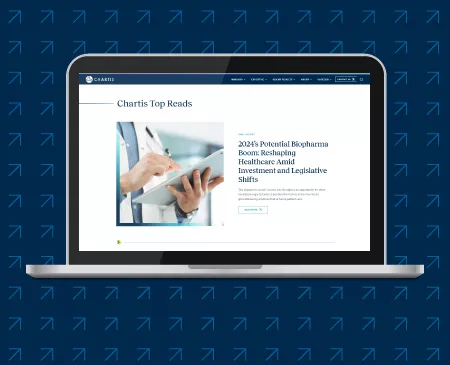The Client Challenge
A small not-for-profit health system with 4 acute care facilities, a medical group, post-acute care, and ambulatory footprint in the Northeast was experiencing financial challenges exacerbated by the pandemic and other external factors. As its financial situation continued to trend unfavorably, the health system’s leadership knew it needed a large-scale margin improvement effort to stabilize the organization and position it for growth.
KEY CHALLENGES TO DRIVING FINANCIAL IMPROVEMENTS:
- Urgent imperative to return to profitability
- Varying opinions on intervention priorities
- Strained leadership and operational bandwidth to lead change
- Limited data and reporting to support decision-making
- External forces causing fluid operating parameters
Navigating to Next: The Solution
The health system partnered with Chartis to conduct a rapid assessment of financial performance improvement opportunities, consisting of both revenue enhancements and cost reductions. Given the magnitude of opportunity required to meet organizational goals, the assessment was comprehensive of all operations, identifying as many opportunities as possible for leadership to prioritize. Given the urgency to realize results, design of tactical work plans began concurrently with implementation and execution of certain opportunities.
As a result of the rapid assessment, the health system was able to quickly develop a balanced portfolio of financial improvement initiatives. It became clear through the assessment that while some new and innovative solutions would drive meaningful change, a significant amount of change could be accomplished by strengthening foundational management principles. Because the health system’s operational leaders were actively engaged in the review, workplan development, and calculation of targets, they were advocates for leading the change.














